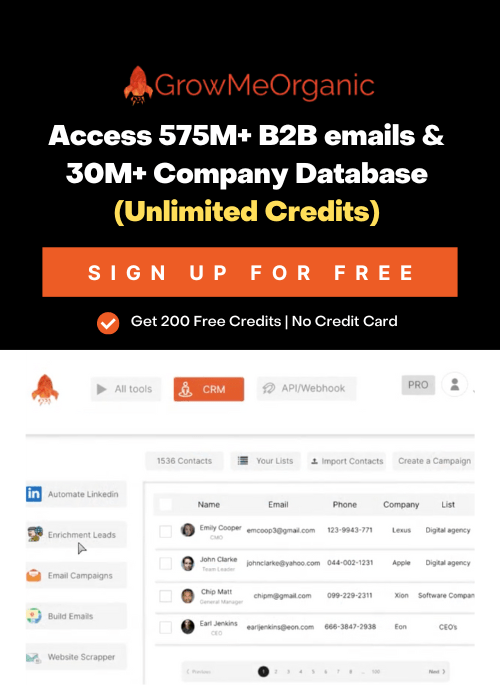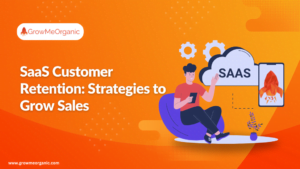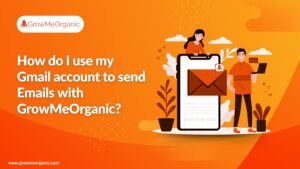A typical company earns 37 cents on every dollar invested in email marketing, according to a report. Email is a decades-old marketing technology, but it still produces exceptional results.
Is this the result of a guarantee of a sky-high return on investment for email campaigns? The short answer is: no.
A lot of marketers fail to capitalize on this powerful content marketing tactic as a result of beginner mistakes. Fortunately, such mistakes are easy to avoid, but you still need to focus 100% of the time.
In this article, we will present you with seven dreadful content attributes that damage your email marketing campaigns.
No welcome emails are sent
It’s one of the fundamental elements of digital marketing, but a surprising portion of businesses do not utilize it. A welcome email has an average open rate of 50%, making it 86% more effective than standard newsletters.
Welcome emails are so important because users receive them immediately after subscribing, so they’re eager to read them and don’t hesitate to open them. As a result, you have a great opportunity to step in and explain the basics of your brand in only a few sentences.
Your first goal should be to show gratitude for gaining a new subscriber. Second, you should briefly explain your business and the benefits associated with using your content. Lastly, you could tell people what they can expect from you and what kind of content you will be delivering in the coming weeks.
Writing clickbait subject lines
Every day, we see tons of clickbait subject lines. Here are a few examples:
- We have a surprise in store for you that you won’t believe!
- You’ll never forget this case study!
- Want to earn $ 100,000 per month?
Where is the problem with these titles? Well, they are examples of clickbait that can drive subscribers crazy. Despite their promises, they fail to deliver. Subscribers feel betrayed and angry when companies do this, which is the fastest way to lose subscribers. Using clickbait to catch a reader’s attention might be effective, but not in emails.
When someone decides to subscribe to your newsletter, you already have their information and must nurture it. You can’t do that with clickbait subject lines. However, it will only demonstrate that your content strategy is so weak and inefficient that you need to rely on tricks.
Your actions do not meet the expectations.
There is a connection between this email marketing issue and the previous one. Your subscribers expect certain things in return for their subscriptions. They expect you to provide them with top-notch content and solutions to everyday challenges.
You must fulfill some prerequisites to attract more subscribers (and we believe that you will):
- For instance, you might be selling tennis gear. Your content would have to be related to tennis. It would help if you never went outside this topic circle because no one anticipates you straying outside of it. It can include anything from tennis racquets to the latest results and injuries.
- A good topic is important, but creating high-quality content using ghostwriting services is even more important. Sending newsletters that encourage subscribers to come back for more is the goal.
- Keep your promise if you say you’ll send a newsletter once a week.
Poor-Quality Design
Content cannot be the only factor in email campaigns. Humans are visual creatures that respond quickly to images, templates, and videos.
An email subject line that includes the word “video” increases open rates by 19% and clickthrough rates by 65%.
An email’s overall appearance would be a huge mistake under such circumstances. Your email should be visually pleasing regardless of the device being viewed. Take your pictures and videos instead of using stock images.
Additionally, divide your content into smaller paragraphs rather than creating huge blocks of text. In addition, you should always proofread your content to avoid spelling or grammatical mistakes.
A Limited-Time Offer
It is not new in the digital marketing world to send out emails promoting discounts and special offers. Almost everyone is doing it because it’s an easy way to boost sales or empty your stock. Marketing often prolongs limited-time offers because they want to ride the sales wave even longer.
Despite its reputation, it is not always the best strategy. Limited-time offers are designed to be exclusive. Subscribers will feel cheated if they see the offer still ongoing after purchasing your product during the first round. Due to this, you are doing yourself a disservice because loyal customers will no longer trust your offers.
CTAs are not being added
You should aim to encourage users to engage after reading your newsletter, regardless of what you do or sell. You must add a Call to Action (CTA) to every email because it’s the only mechanism available to you.
You should only have one call-to-action in a newsletter. You don’t want to give people multiple choices because that makes decision-making difficult. This may lead to some of them giving up on the whole thing.
Additionally, CTA buttons should stand out from the rest of the content. To create a perfect contrast between the CTA button’s color and the rest of the content while staying in sync with your overall design, include enough whitespace to separate it from other elements.
A mobile experience that isn’t optimized
In 2019, writing about this issue seems ridiculous, but it happens far too often. You should optimize your campaigns for mobile devices since most subscribers will open your emails on a mobile device. You should follow five optimization principles:
- Such templates adapt to the size of every screen.
- Adding too many images will slow down the load time and will affect the user experience.
- In email marketing, keep it short and sweet.
- Organize your content into short paragraphs: Use short, concise sentences.
- Create buttons rather than web links.
About Post Author
Anant Gupta
Growth Hacker, Marketing Automation Enthusiast & Founder of GrowMeOrganic























